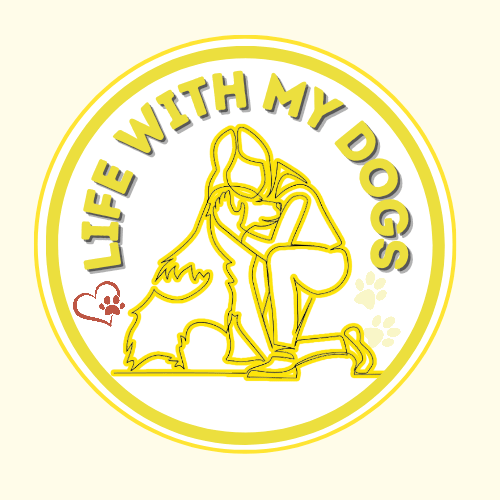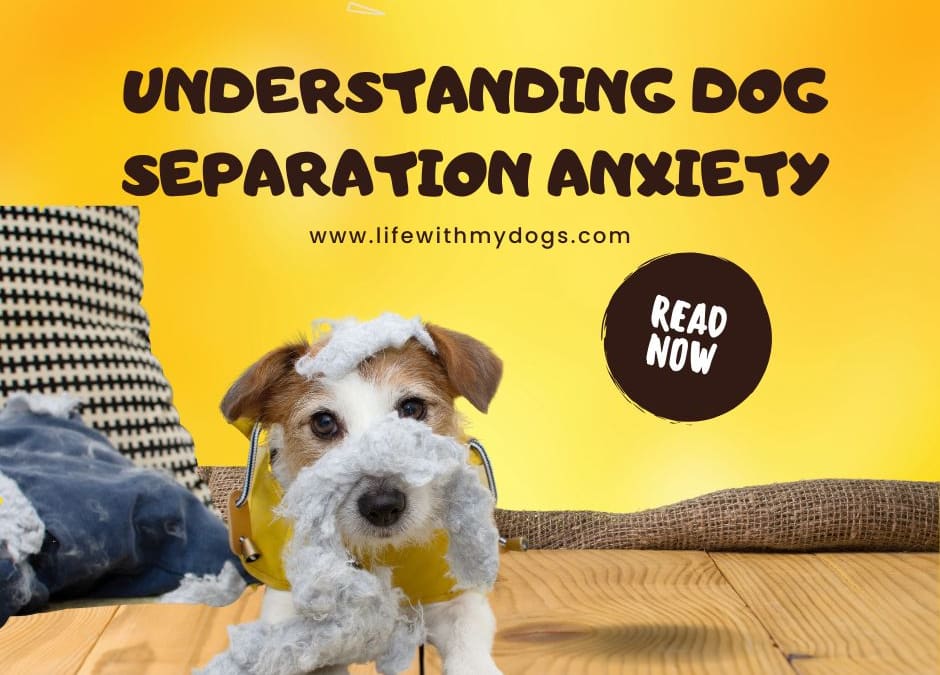LifeWithMyDogs is supported by our audience. When you purchase through one of our links, we may earn a small affiliate commission. As an Amazon Associate I earn from qualifying purchases. Your cost is not affected.
**********
If you’ve ever wondered why your dog gets anxious when you leave, you’re in the right place. We’re diving deep into the world of our furry friends’ feelings and behaviors, especially when they’re apart from us. In this journey, we will uncover those sneaky signs of separation anxiety that your dog might be showing.
Sometimes, they’re more obvious than we think. But no worries, we’ve got your back! We’re not only going to help you spot those signs but also give you some terrific strategies and solutions. Yep, you and your pup can conquer this together and become stronger. So, stick around as we chat about what’s going on in your dog’s mind, and learn how to make your bond even more unbreakable. Let’s get started!
What is Dog Separation Anxiety?
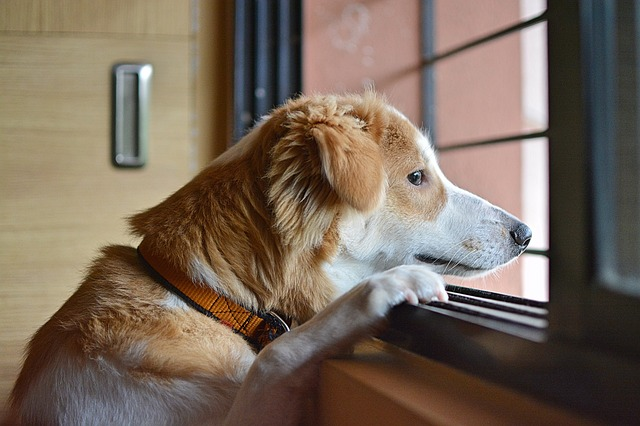
Dog separation anxiety is when a dog experiences significant distress and anxiety when separated from their owner or left alone. It can manifest in various behaviors, such as excessive barking, destructive chewing, pacing, and even attempts to escape. This anxiety can be a real challenge for both the dog and the owner to deal with.
Signs of Dogs With Separation Anxiety
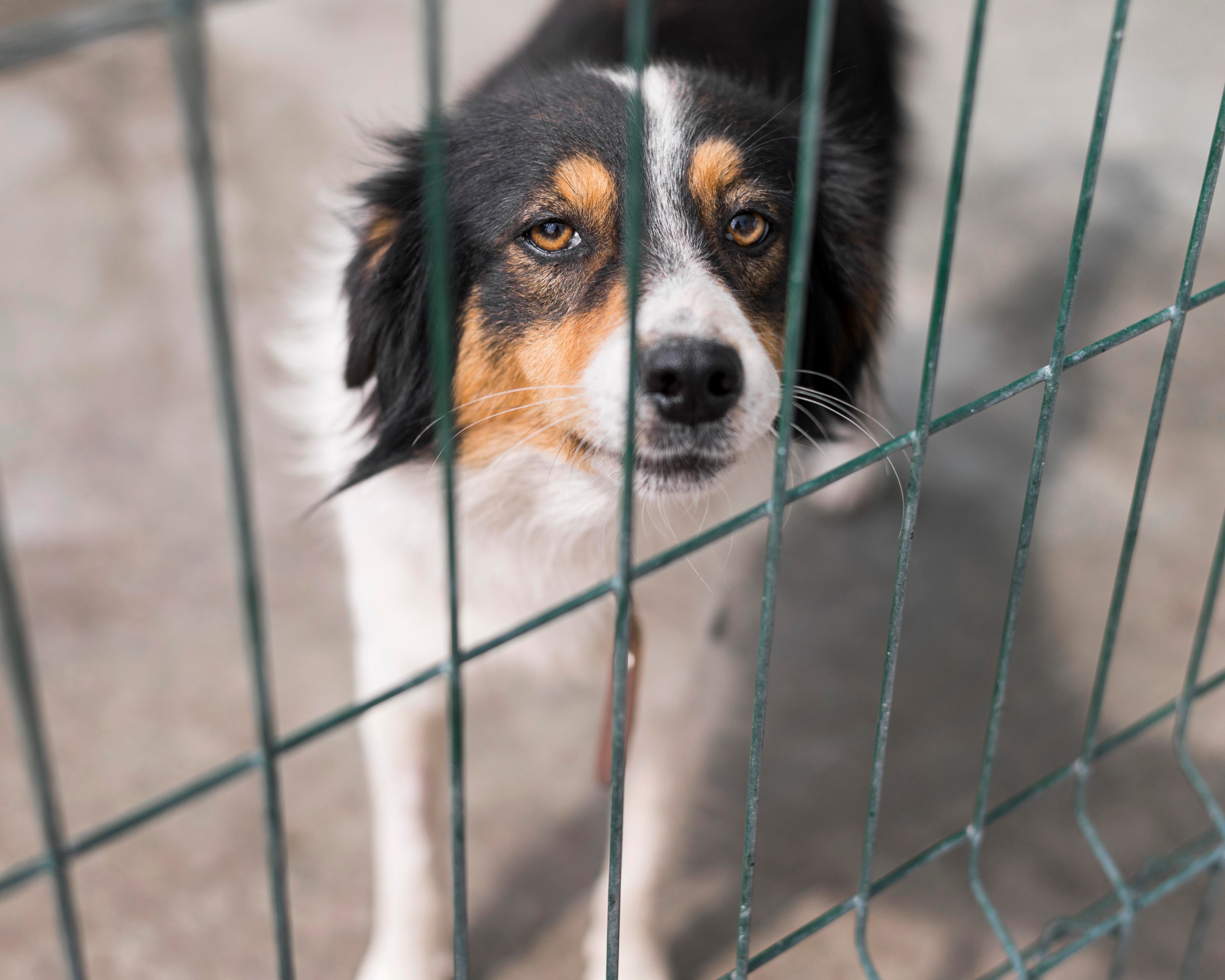
Dogs can handle stress in all sorts of quirky ways, so there’s no one-size-fits-all sign that screams Hey, it’s separation anxiety! Instead, you’ve got a whole mix of symptoms to look out for. Don’t get all worked up if you catch your pup doing one or two of these things here and there – it’s not an automatic separation anxiety alarm. But, if your dog starts making a habit out of several of these behaviors, that might hint that they’re wrestling with separation anxiety. Here are some things your dog might start doing:
Destructive Behavior: Dogs might take out their anxiety on your furniture, chewing it, digging holes in the yard, or even tearing up carpets.
Excessive Barking: This could involve whining, barking, or howling that goes beyond the usual communication. House Soiling: Even if they’re completely house-trained, dogs with separation anxiety might pee or poop indoors.
Pacing or Excessive Grooming: An anxious dog might pace around or over-groom themselves.
Self-injury: In severe cases, dogs might harm themselves by chewing on their paws or tail or scratching their skin.
Anxiety Signs Before Departure: You might notice behaviors like whining, pacing, or not wanting to eat as signs that they’re anxious before you leave.
Excessive Excitement Upon Return: When you return, an anxious dog might go overboard with excitement – jumping on you, licking you a ton, or barking up a storm.
Escaping: Whenever a dog suffers from separation anxiety, their system gets inundated with stress hormones. The range of responses in these dogs varies from moderate unease, like pacing and whimpering, to severe anxiety, sometimes leading them to harm themselves while attempting to escape confinement and locate their beloved owners.
Remember that not every dog suffering from separation anxiety will show all these signs. The intensity of the behaviors can also vary depending on the dog and its situation. If you’re worried your dog might be going through separation anxiety, it’s a good idea to chat with your veterinarian. They can help you determine what’s going on with your pup’s behavior and devise a plan to help them feel better.
What Causes Separation Anxiety in Dogs?

Experts believe it’s the result of a mix of factors, like:
Genetics: Certain dogs might have a higher disposition for separation anxiety due to their genetic makeup.
Early Life Experiences: Dogs that have gone through traumatic events, like being abandoned or left alone and neglected, can develop separation anxiety.
Environmental Changes: Dogs that suddenly face a significant shift in their surroundings, such as moving to a new home or having new pet parents, or when the owner leaves, and the sudden absence of family members might be more prone to separation anxiety.
Insufficient Training or Exercise: Dogs not receiving enough training or physical contact activity might be more susceptible to separation anxiety.
Medical Problems: Specific medical issues like noise phobia or cognitive dysfunction syndrome could also amplify the likelihood of separation anxiety emerging.
What Steps Can Be Taken to Address My Dog’s Separation Anxiety?
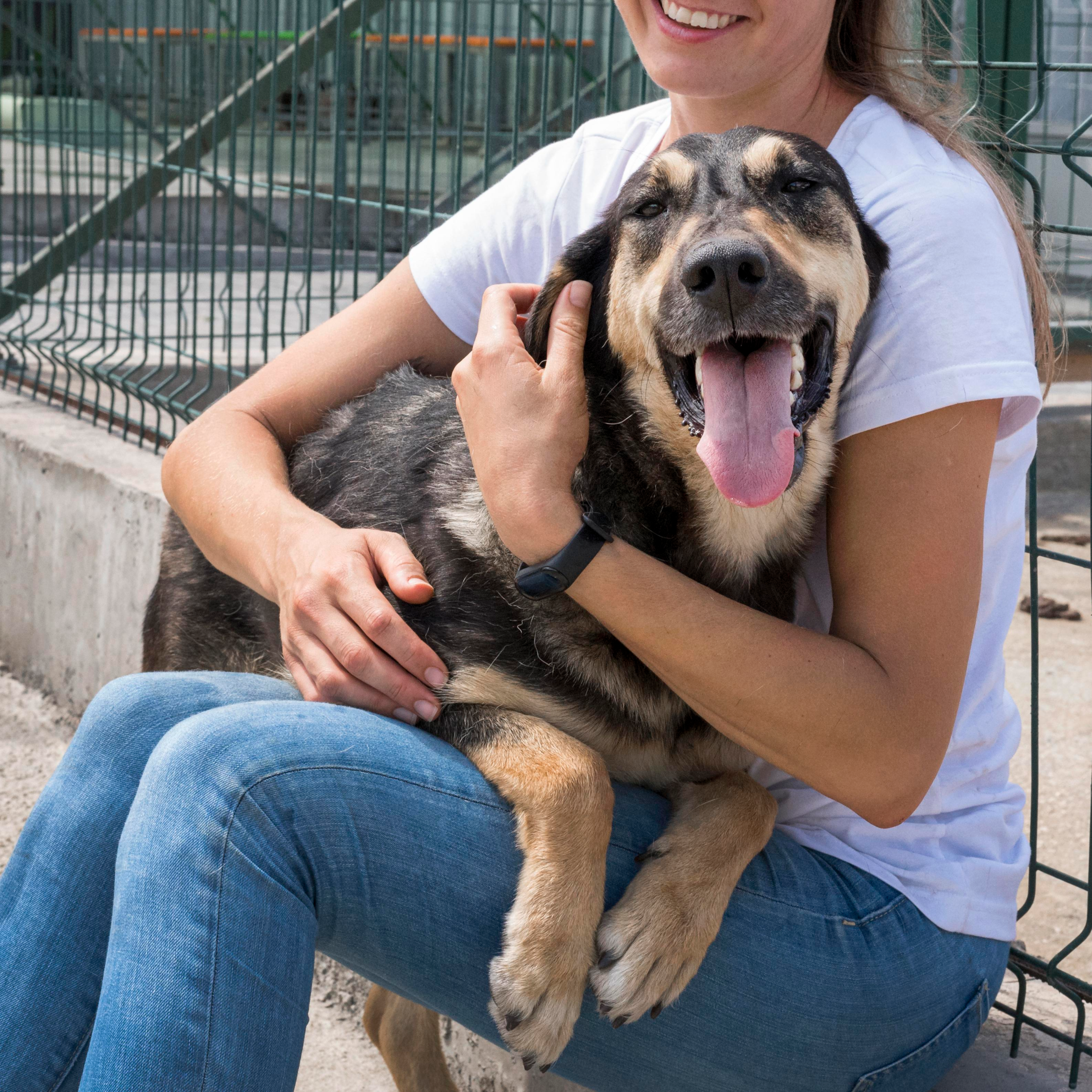
Returning home to a scene of chaos is draining, and witnessing your puppy’s evident distress is heart-wrenching. The impact on your dog is even more profound. Fortunately, a range of actions can be implemented to treat separation anxiety.
Desensitization and Counter-Conditioning
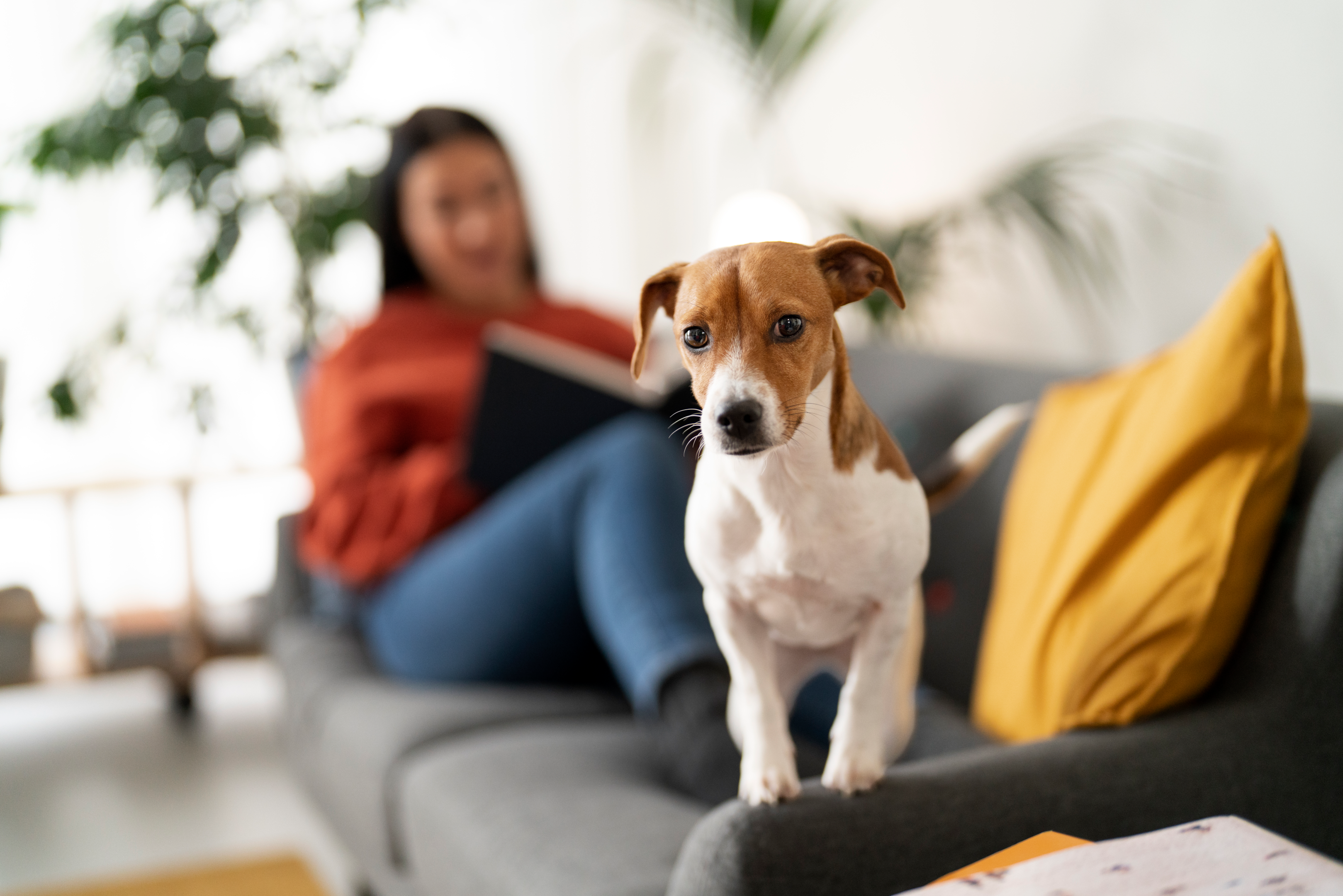
Encouraging comfort in the owner’s absence is essential to fostering a well-adjusted puppy. Positive associations with separation are key. Gradually increasing the time spent away from the pup and rewarding departures with high-value treats can help change the pup’s perception of being left alone. Preparing for departure cues without immediately leaving—like putting on a coat without heading out—can also help to reduce your dog’s anxiety.
As time passes, the dog learns that whatever makes him anxious actually signals positive outcomes for him. In the case of dogs struggling with separation anxiety, counter-conditioning centers around establishing a connection between being by themselves and experiencing positive events.
Crate Training Sessions
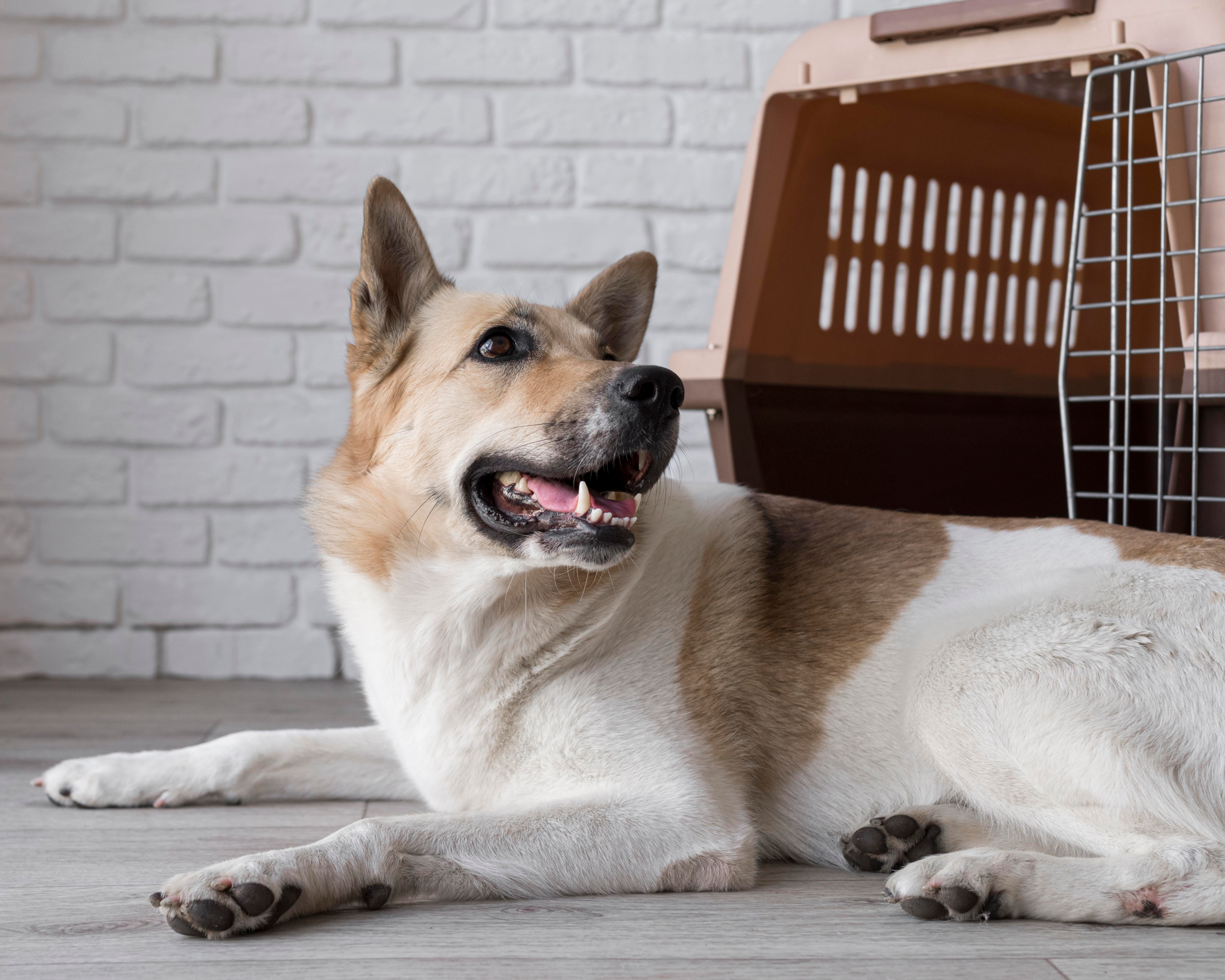
The crate emerges as a valuable tool in addressing separation anxiety for dogs. It serves as a secure space and a training aid. When used correctly, it can provide a calm haven for the pup. The strategy involves making the crate a positive place, linked with enjoyable food items like chew and puzzle toys. Some dogs find comfort in their crate during alone time, while others might get anxious. Observing the pup’s reaction is crucial, aiming to encourage their contentment with being alone rather than creating an all-day fix for separation anxiety.
Medication and Natural Supplements
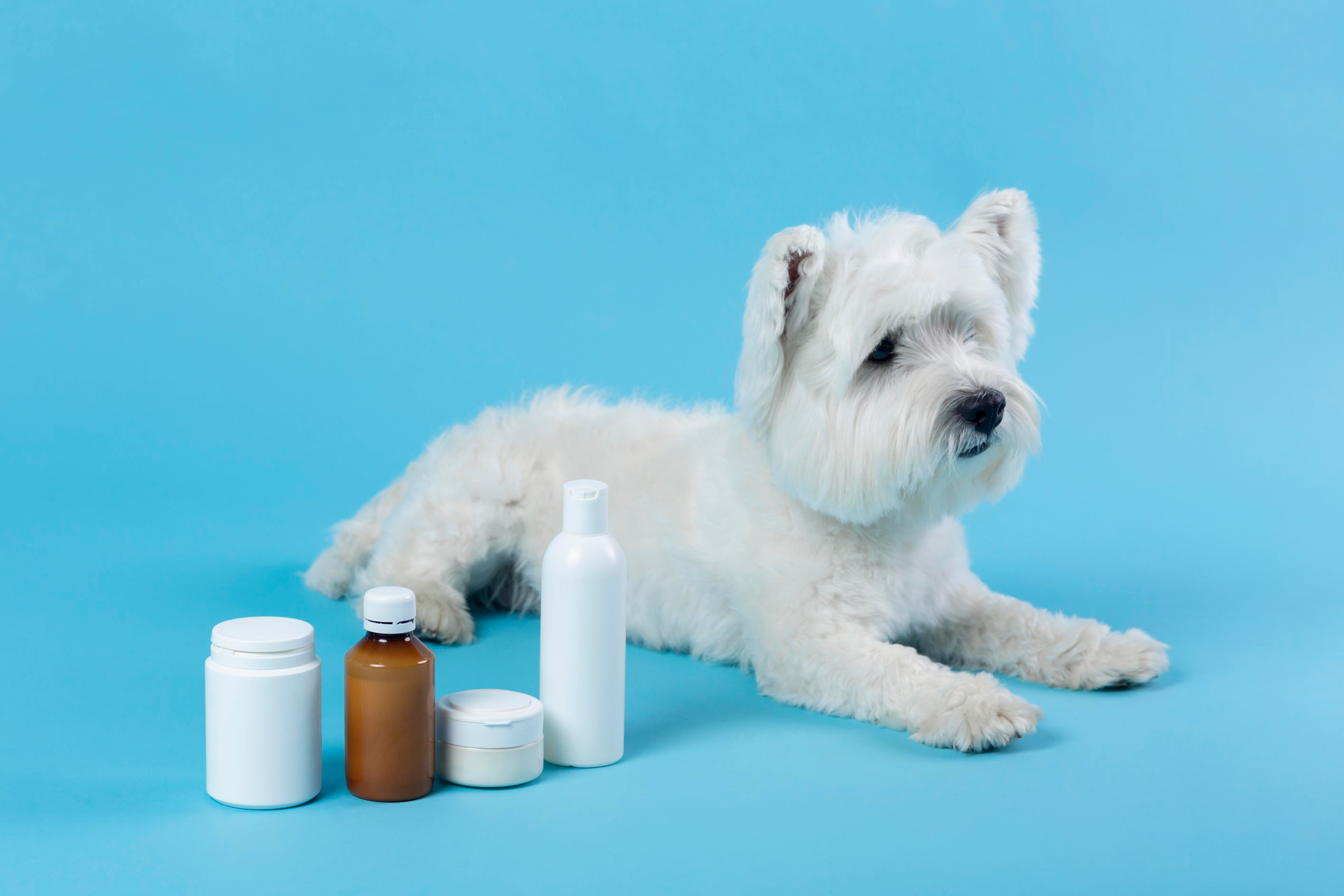
When conventional approaches aren’t sufficient, a vet might recommend anti-anxiety medication. Prescription medications like amitriptyline or alprazolam may be considered for severe separation anxiety. Natural remedies such as CBD or valerian, pheromone collars, and compression shirts like Thundershirt could also aid in easing anxiety. However, consulting a vet before using any supplements or medications, especially for young dogs, is crucial. It’s advisable to consult with a veterinarian or professional trainer to create a tailored plan to address separation anxiety in dogs.
Clinginess: Playing it Cool
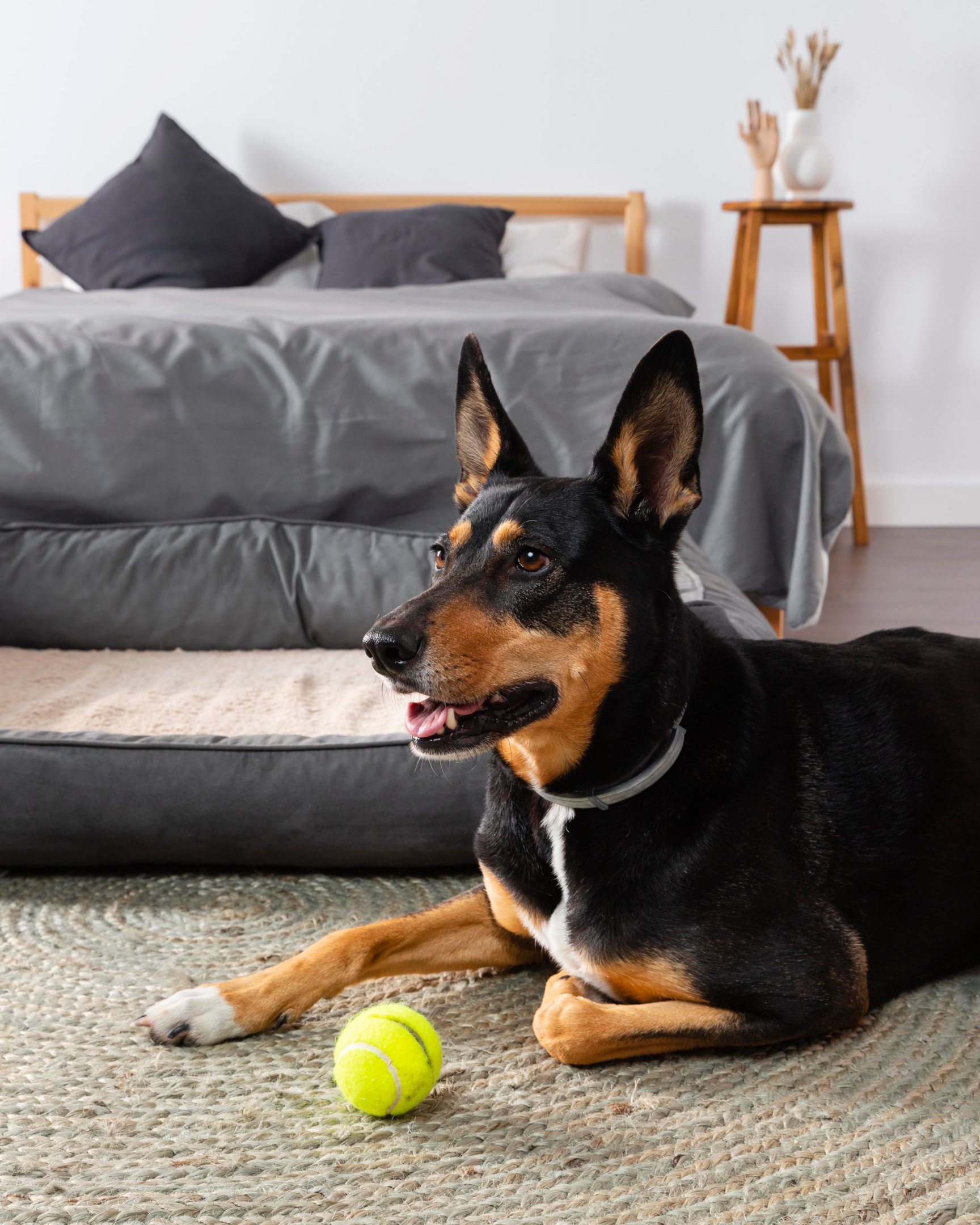
Promoting independence is essential. Teaching the puppy to spend time alone in another room at home can help curb excessive clinginess. Training a reliable “stay” command can also counter strong attachment. Gradually increasing the duration of separation and maintaining a composed demeanor when leaving or returning helps establish a sense of normalcy.
Engage Your Dog in Various Activities
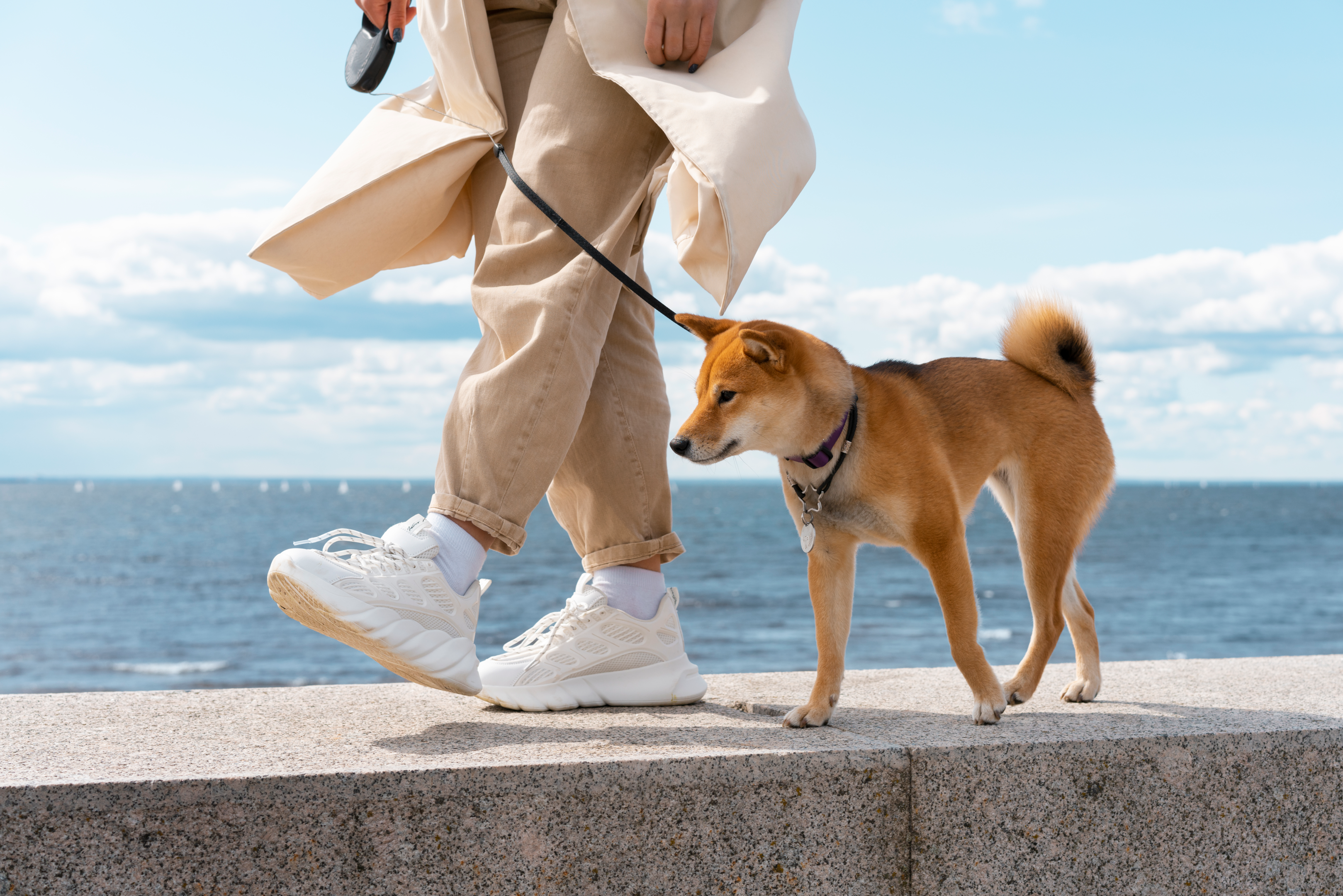
Providing ample physical and mental stimulation proves essential when addressing numerous behavioral issues, particularly those linked to anxiety. Engaging the dog’s mind and body significantly enriches their life, reduces stress, and offers suitable channels for their natural behaviors. Furthermore, a mentally and physically tired dog won’t have an abundance of energy to expend during periods of isolation. To ensure your dog remains occupied and content, the following suggestions can be considered:
- Allocate at least 30 minutes daily for aerobic activities like running and swimming. Try scheduling exercise sessions before leaving the dog alone to promote relaxation during your absence.
- Engage in interactive games.
- Regularly embark on walks and outings, varying routes, and exploring new places to expose the dog to novel scents and sights.
- If your dog enjoys the company of other animals, arrange off-leash playdates with their friends.
- Incorporate food puzzle toys into their routine. These toys can be used for mealtime or stuffed with treats like peanut butter, cheese, or yogurt. Provide a mix of enticing chew items to encourage licking and chewing, which often has a calming effect on dogs.
- Transform mealtime into a treasure hunt by scattering small piles of kibble around the house or yard before you leave.
Remember, an enriched and engaged dog will likely be a happier and less anxious companion.
Cues: Predeparture/Departures
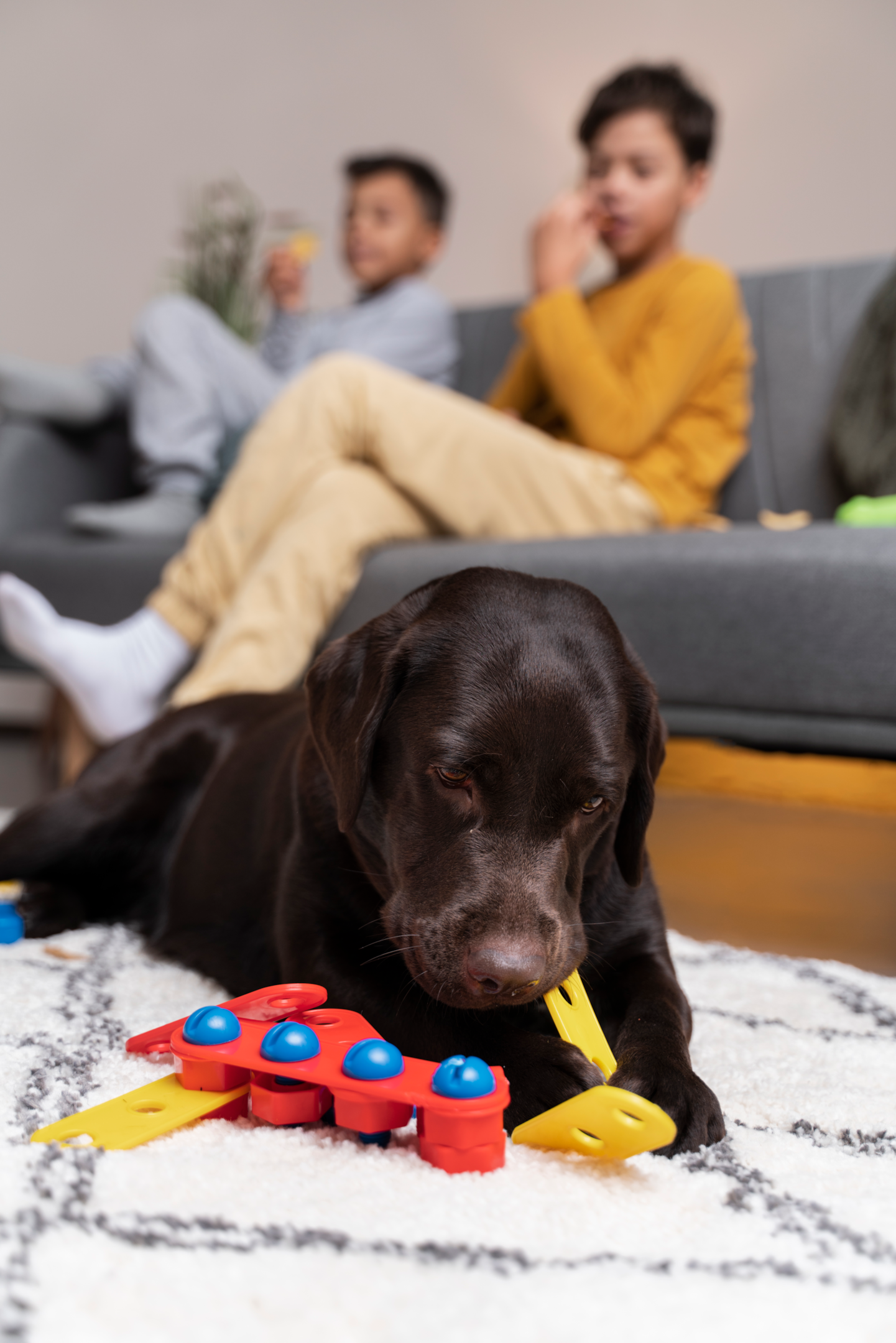
When dogs experience predeparture anxiety, certain dogs’ behaviors can indicate their distress as their owners prepare to leave. For instance, a dog might engage in behaviors such as pacing, panting, and whining upon witnessing their owner putting on makeup, donning shoes and a coat, and collecting items like bags or car keys.
For guardians of dogs affected by predeparture rituals, even a short absence can trigger intense anxiety, preventing them from leaving without causing their dogs distress. This is due to the dog associating specific cues with being left alone, causing them to become overly anxious and forget that their owner will eventually return.
One strategy to address this “predeparture anxiety” is reconditioning the dog’s response to departure cues. Repeatedly exposing the dog to these cues in different sequences throughout the day without actually leaving will reduce anxiety.
However, given that the dog has already learned the significance of these cues over time, consistently practicing the fake cues multiple times a day for several weeks is essential. Directly progressing to brief absences might be more suitable for dogs that exhibit less anxiety before departure.
The rule of thumb is to ensure that the duration of the absence is shorter than the time it takes for the dog to become distressed. This can be initiated by training the dog to stay out of sight while its owner is on the other side of a closed door, like in the bathroom. The duration of these absences can be gradually extended over time.
Here’s a informational video about how to cure if your furry friend suffering from separation anxiety
Is It Possible to Prevent Separation Anxiety Every Time?
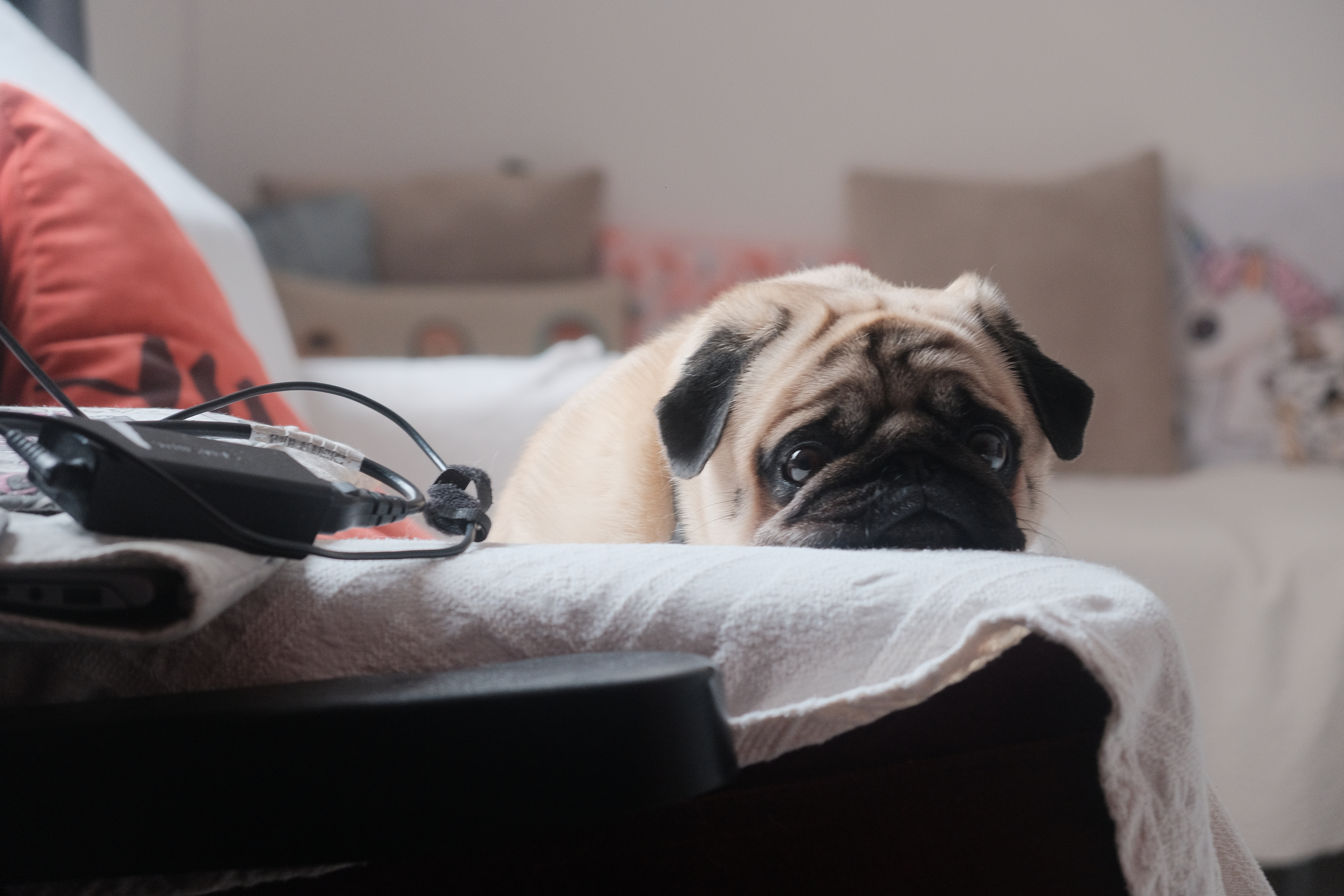
Preventing separation anxiety in puppies and dogs isn’t a guarantee, no matter how hard one tries. Additionally, once separation anxiety has set in, addressing it can become quite intricate. Seeking assistance from a Certified Applied Animal Behaviorist or a veterinary behaviorist is advisable to navigate this process effectively. Veterinary behaviorist possess the expertise to assist with separation anxiety in dogs. They can evaluate each dog’s unique requirements and devise a customized treatment plan. This strategy might encompass:
- Behavior Modification: Teaching the dog new behaviors, such as relaxation techniques or keeping themselves occupied alone.
- Desensitization and Counterconditioning: Gradually expose the dog to solitary periods in a controlled environment and reward them for maintaining calm behavior.
- Medication: In certain instances, medication might be considered to alleviate the dog’s anxiety.
Furthermore, animal behaviorists offer guidance and support for managing a dog’s separation anxiety. They can provide insights into the triggers behind the anxiety and educate you on techniques to prevent its worsening.
Conclusion
Separation anxiety in dogs is a notable issue that affects both dogs and their owner. Our dogs communicate their distress in various ways, and it’s crucial to approach their behaviors with understanding rather than punishment. Separation anxiety isn’t about disobedience or spite; it’s a response to stress and anxiety. Working together, you and your pup can conquer this challenge and build a stronger bond. There are numerous paths to help your dog cope with separation anxiety.
Every dog is unique, so finding the right approach might take time and patience. So, here’s to nurturing a happier, more confident, and less anxious companion. Remember, your dog’s well-being is at the heart of it all, and with care and dedication, you can make a positive difference in their life.
FAQs
Do Dogs Eventually Get Over Separation Anxiety?
Certainly, dogs can overcome separation anxiety with appropriate treatment and care. The duration it takes for a dog to conquer separation anxiety depends on the unique characteristics of the dog and the extent of their anxiety. Nevertheless, by maintaining a patient and consistent approach, most dogs can develop the ability to manage being alone.
Which Dog Breeds Are Most Affected by Separation Anxiety?
Certain breeds of dogs are more susceptible to separation anxiety. One such breed is the Border Collie, a brilliant and active herding dog that needs plenty of exercise and mental stimulation. Without proper engagement, they can become anxious and engage in destructive behavior. Another breed is the German Shepherd, known for loyalty and protection. They are intelligent and trainable, but they can also develop anxiety issues if not properly socialized and trained.
? Embark on an Adventure in the Pet Lover’s Paradise! ?
Dive into a world of furry friends and fantastic finds by connecting with us on social media! Immerse yourself in captivating content, insightful product reviews, and become a part of a vibrant community.
?Instagram: lifewithmydogs2 Follow us on Instagram for an overflow of heartwarming snapshots and exciting pet escapades!
?Pinterest:lifewithmydogs2 Explore a treasure trove of pet inspiration and ideas on Pinterest, where each pin leads you to a realm of creative possibilities!
? Facebook: 1LWMD Like us on Facebook to keep your finger on the pulse of all things pets – from heartwarming stories to the latest pet gear trends!
? Twitter: LifeWithMyDogs9 Join the conversation on Twitter, where you can chirp away about the newest pet happenings and stay ahead of the pack with the latest pet trends!
Unleash your furry friend’s paradise with us – join our pack today! ??
